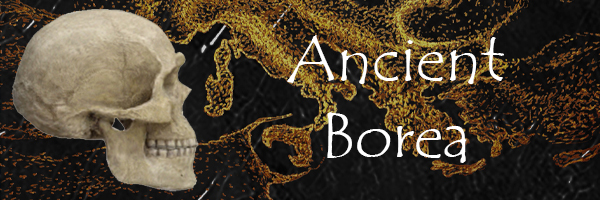Red Meat in the Palæoboreanic Diet
Copyright © 1999-2020 C.E. by Dustin Jon Scott
Introduction
Red meats were mostly consumed by countryfolk in sparsely-populated venues. Larger, urbanized settlements got most of their red meat imported in preserved form from the country. This is because the raising of animals to be used as food was an uncommon practice.
Note that a lot of these images are not my artwork; they are public domain illustrations that I tracked down to save myself the time of having to draw a ton of animals. I will replace these with original artwork at a later time.
Beef
(Bovine Meat)
Red meats were mostly consumed by countryfolk in sparsely-populated venues. Larger, urbanized settlements got most of their red meat imported in preserved form from the country. This is because the raising of animals to be used as food was an uncommon practice.
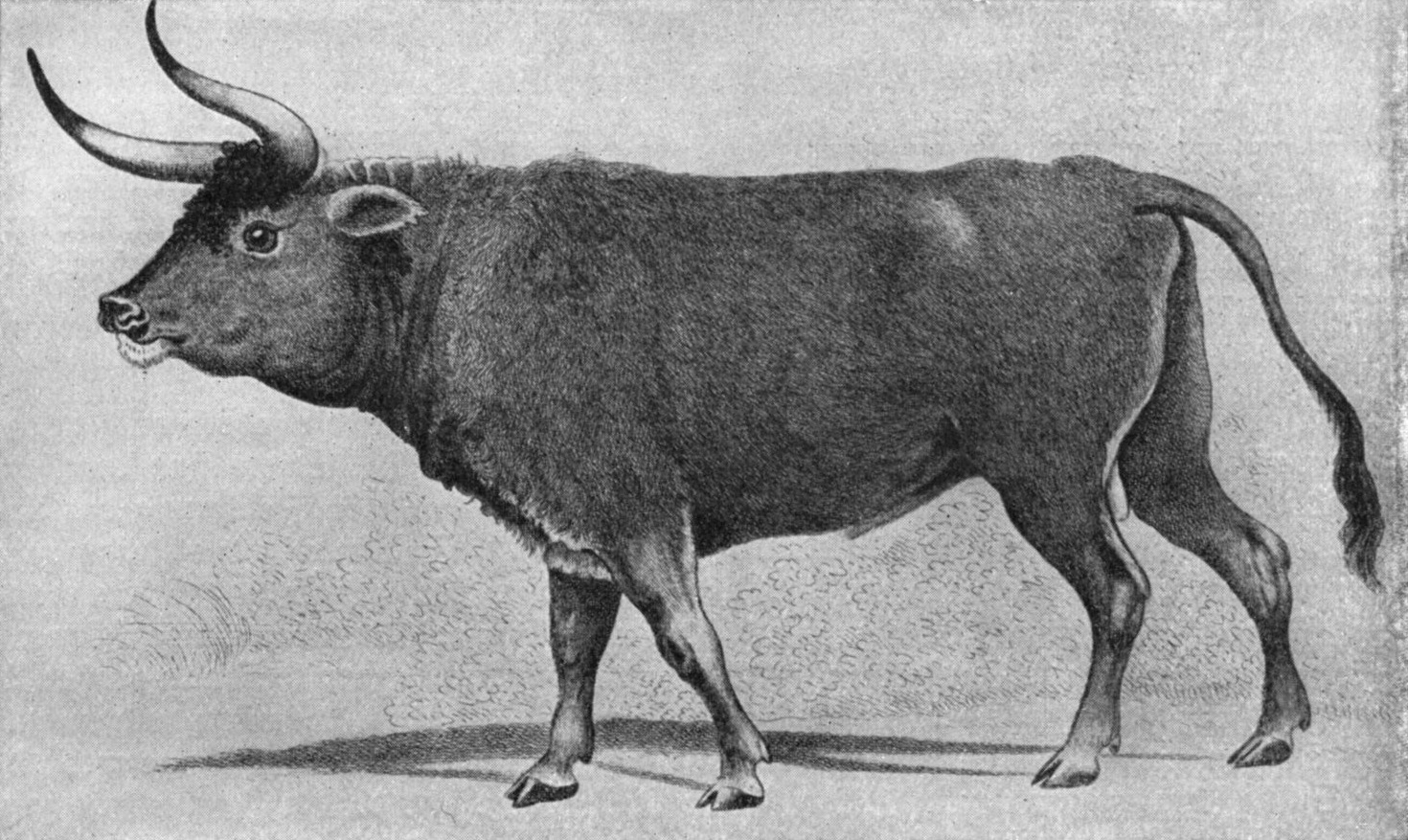
|
Aurochsen (Bos primigenius) — were a minor part of the diet of peoples living in plains, fields, and marshes. |

|
Buffalo (Bubalus murrensis and Hemibos galerianus) — were a minor part of the diet of peoples living near marshes and other wetlands. |
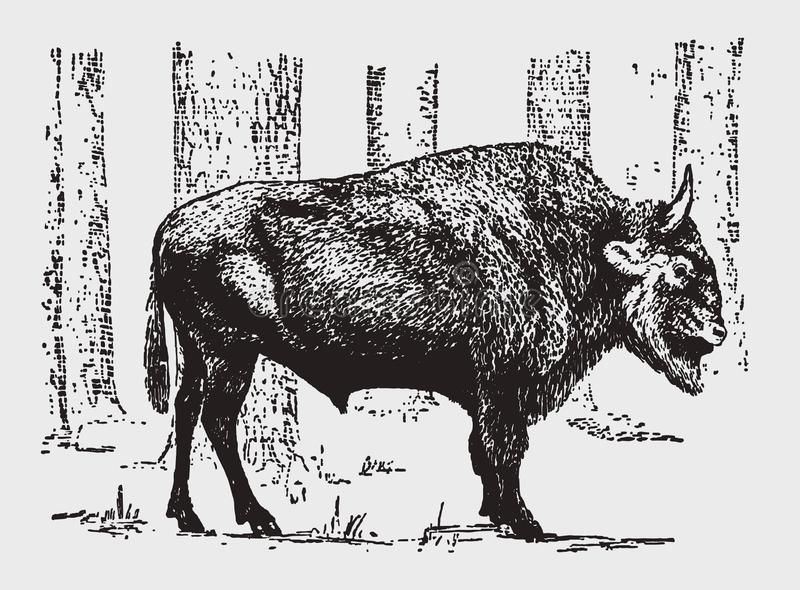
|
Wisents (Bison priscus) — were a minor part of the diet of steppes peoples, particularly nomads. |
Mutton
(Caprine Meat)
Red meats were mostly consumed by countryfolk in sparsely-populated venues. Larger, urbanized settlements got most of their red meat imported in preserved form from the country. This is because the raising of animals to be used as food was an uncommon practice.

|
Mouflon (Ovis orientalis) — were a minor part of the diet of mountain folk. |
|
Argali (Ovis ammon) — |
|
|
Antelope — |
|
|
Goats (Capra sp.) — |
|
|
Ibexes (Capra ibex) — |
|
|
Audads (Ammotragus lervia) — |
|
|
Pyrenean Chamois (Rupicapra pyrenaica) — |
|
|
Gazelles — |
|
Venison
(Cervine Meat)
Branching-antlered, cloven-hooved ungulates were a somewhat significant food source among the ancient Boreans.
|
Cretan Deer (Candiacervus sp.) — |
|

|
Red Deer (Cervus elephas) — |

|
Elk (Alces alces) — |
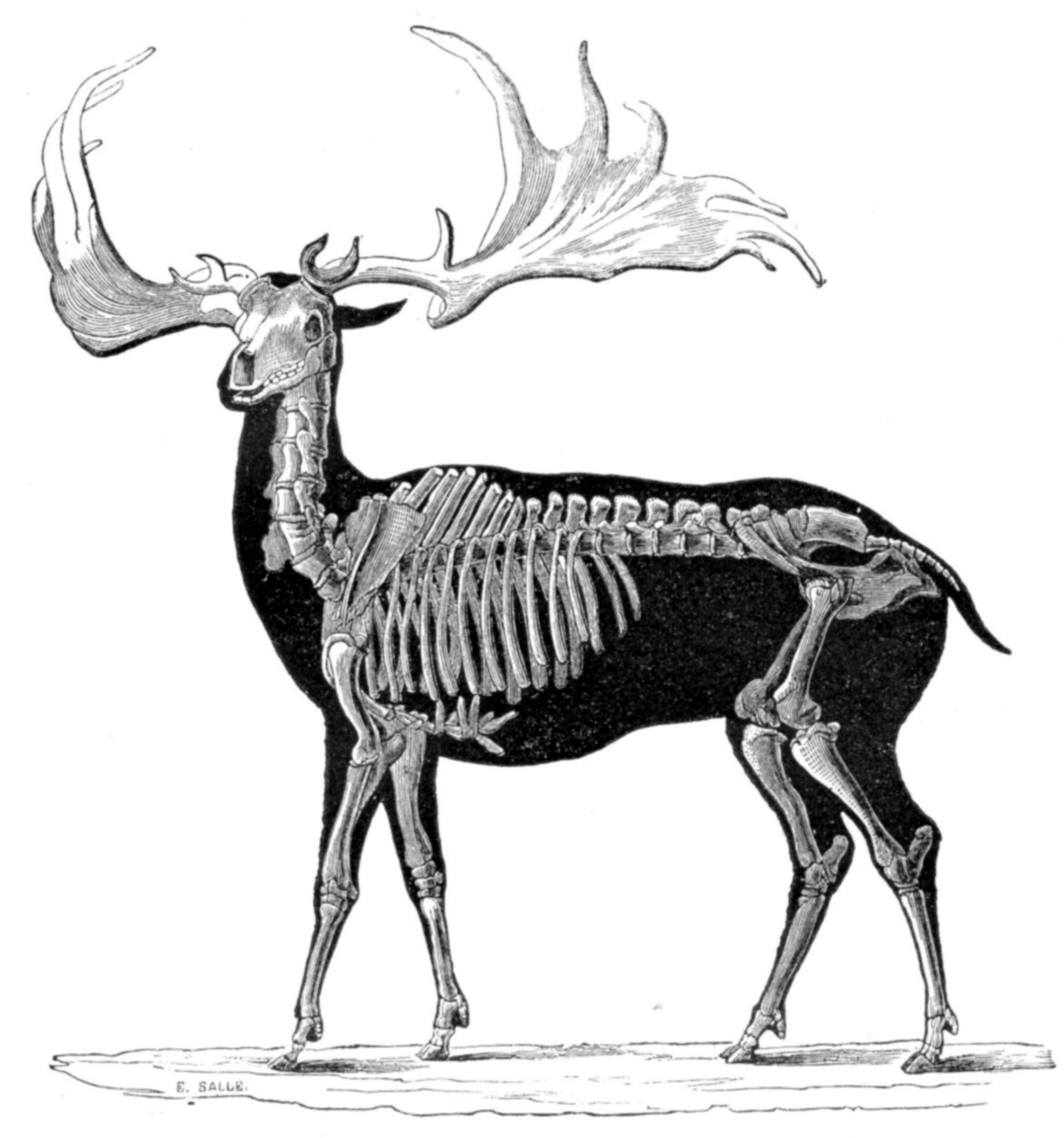
|
Giant Deer (Megaloceros sp.) — |
|
Reindeer (Rangifer tarandus) — |
Pork
(Suiform Meat)
Pork was consumed by Boreans more than any other red meat. One of the primary reasons for this is that pigs tend to be highly aggressive omnivores and can be both dangerous predators and voracious pests. They might kill and eat you, or they might ravage your garden and eat all your food. Incidentally, pork also happens to be delicious. This combination of factors made pork a popular food in ancient Borea, even if it was not the most highly regarded.
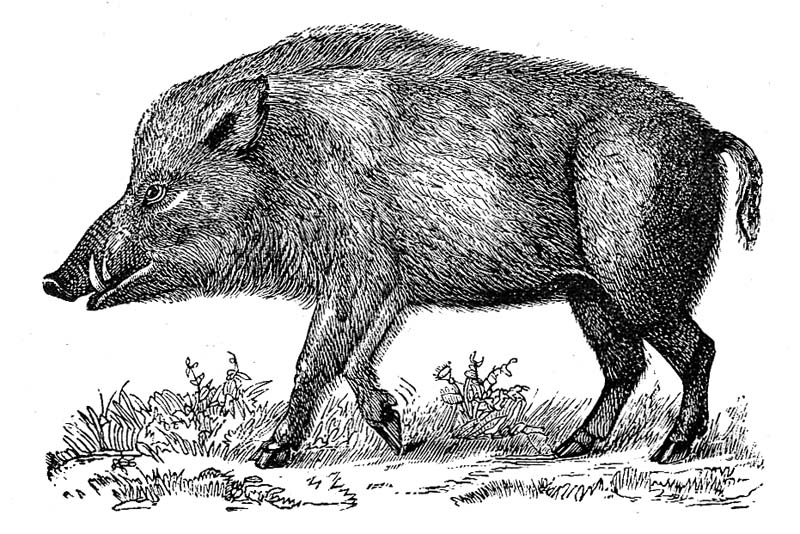
|
Wild Boar (Sus scrofa) — were dangerous predators in a variety of different environments and were therefore killed in larger numbers than herbivorous prey animals. Boars were a significant source of protein for country-dwelling peoples. |
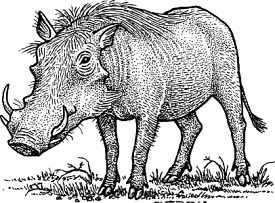
|
European Warthogs (Phacochoerus horridus) — were dangerous predators in a variety of different environments and were therefore killed in larger numbers than herbivorous prey animals. Warthogs were a significant source of protein for country-dwelling peoples. |
Cheval
(Perissodactyl Meat)
Chevel was typically not consumed in large quantities. This is because horses and rhinoceroses tend not to become aggressive unless provoked (although the rhinoceroses do have a reputation for being easy to spook).
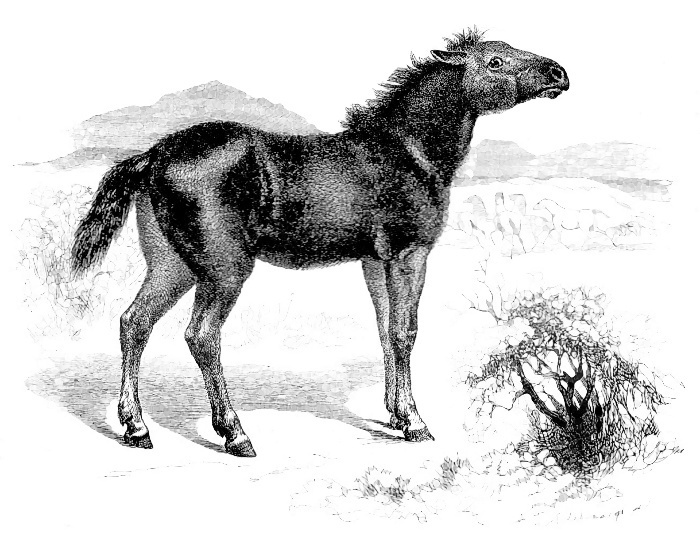
|
Tarpans (Equus ferus) — |
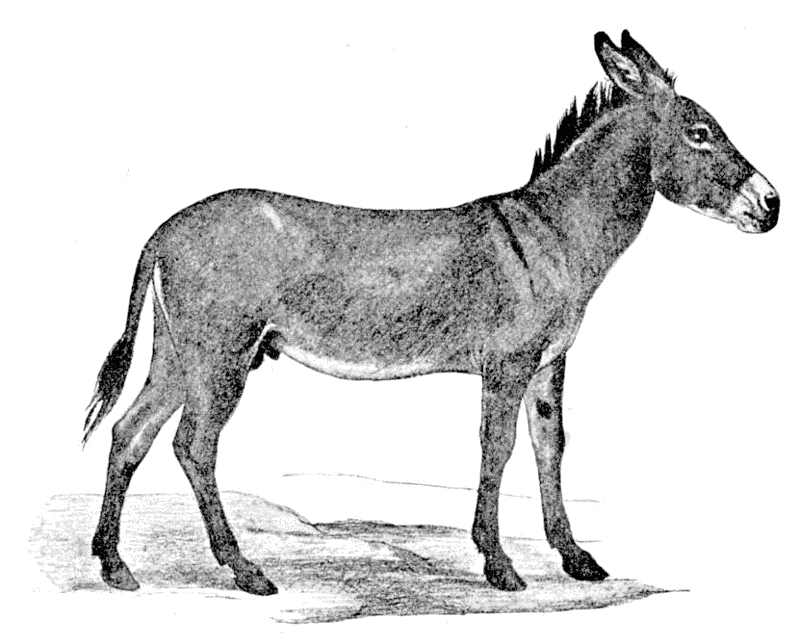
|
Hydruntine Asses / Onagers (Equus hemionus hydruntinus) — |
|
Woolly Rhinoceroses (Coelodonta antiquitatis) — |
|
|
Narrow-Nosed Rhinoceroses (Stephanorhinus sp.) — |
|
|
Merck’ Rhinoceroses (Stephanorhinus kirchbergensis) — |
|

|
Giant Unicorns (Elasmotherium sp.) — |
Oliphance
(Probiscidean Meat)
Oliphance was typically reserved for ceremonial or official purposes, particularly large, seasonal feasts that required numerous people to be fed. Eliphants were regarded as highly intelligent creatures who do not easily let go of grudges, and so their killing, at least as a source of day-to-day nourishment, was typically discouraged.

|
Woolly Mammoths — |
|
Dwarf Mammoths (Mammothus lamarmorai) — |
|
|
Dwarf Elephants — |
|
|
Straight-tusked Elephants (Elephas antiquus) — |
Vermin
(Glire Meat)
Vermin was a variety of red meat that most of the peoples of ancient Borea typically only ate out of desperation. This was mainly due to the fact that rodents are fairly intelligent animals while lagomorphs are adorable, making the eating of glire meat a mild quasi-taboo, and glires were far more often kept as pets than eaten as vermin — at least by Boreans and other Wights (however, people did often keep glire-eating pets for the purposes of pest control, especially in areas where stores of grain provided much of the local diet).
|
Hares (Lepus europaeus) — |
|
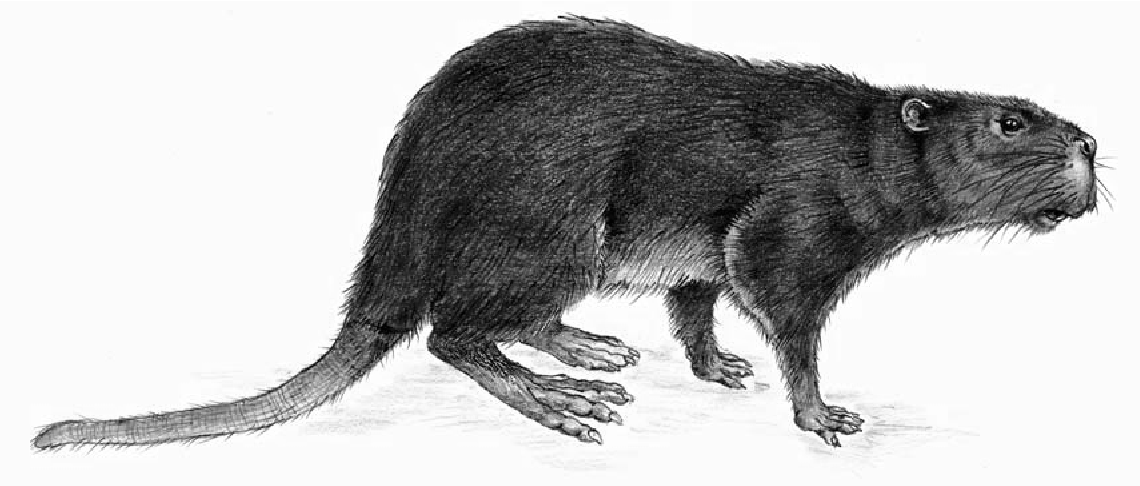
|
European Giant Beavers (Trogontherium sp.) — |
|
Dire Rats (Canariomys siciliana) — |
|
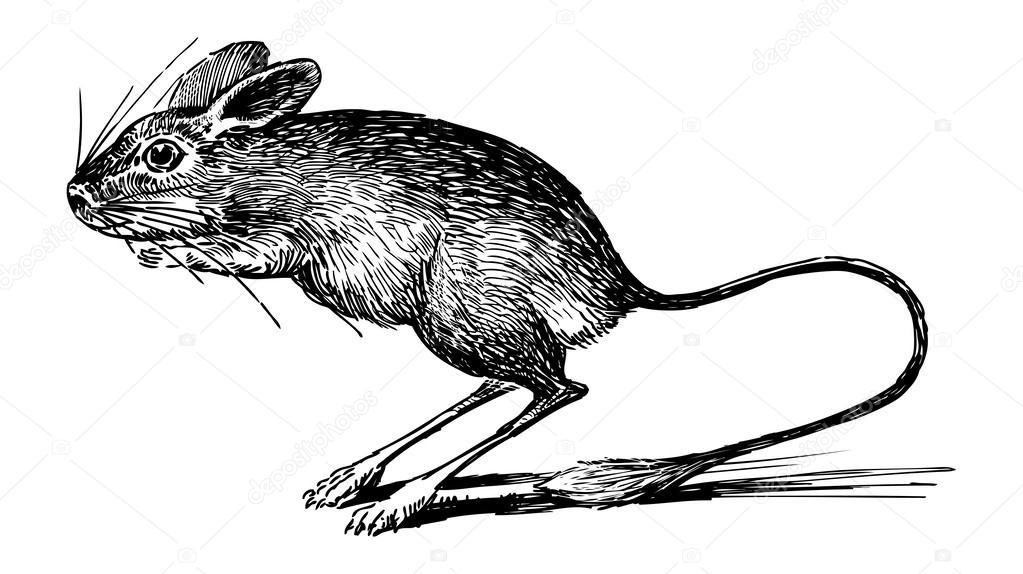
|
Jerboa (Allactaga sp.) — commonest in Mediterranean climates where Borean settlements tended to be wealthier than elsewhere, and preferring open terrain, these creatures were only very rarely consumed as vermin. |
Other Red Meats
Red meats were mostly consumed by countryfolk in sparsely-populated venues. Larger, urbanized settlements got most of their red meat imported in preserved form from the country. This is because the raising of animals to be used as food was an uncommon practice.
|
Hippopotamuses (Hippopotamus amphibius) — |
|
|
European Hippopotamuses (Hippopotamus antiquus) — |
|
|
Okapis — were variously classified as beef, mutton, or venison. |
|
|
Macaques — were avoided by most Boreans, who regarded them as so humanlike that eating their meat was uncomfortably akin to canibalism. Among the Mortiferean cult, however, they were considered a delicacy. |
|
|
Sea Cows — |
|
|
Monk Seal (Monachus monachus) — |
|
|
Walruses (Odobenus rosmarus) — |
|
|
Etruscan Bear (Ursus etruscus) — |
|
|
Cave Bear (Ursus spelaeus) — |
|
|
Deninger’s Cave Bear — |
|

|
Cave Hyænas (Crocuta crocuta spelaea) — were not intentionally predated by Boreans, although they often came into conflict and the winner tended to eat the loser. |

|
Cave Lions (Panthera leo fossilis and Panthera spelaea) — were not intentionally predated by Boreans, although they often came into conflict and the winner tended to eat the loser. |
|
Leopards (Panthera pardus spelaea) — were not intentionally predated by Boreans, although they often came into conflict and the winner tended to eat the loser. |

